Milan, at Gallerie d'Italia a major exhibition to rediscover Felice Carena
A new exhibition at the Gallerie d’Italia in Milan’s Piazza Scala : from May 17 to September 29, 2024, the Felice Carena exhibition is in fact scheduled, dedicated to one of the most important and least known artists of the historical 20th century, the Piedmontese Felice Carena (Turin, 1879 - Venice, 1966). Curated by Luca Massimo Barbero, Virginia Baradel, Luigi Cavallo and Elena Pontiggia, this exhibition celebrates the 145th anniversary of the Turin painter’s birth. Despite his significant artistic contributions, Carena has remained relatively unknown to the general public. The exhibition therefore aims to reconstruct the artistic parabola of Carena, who was artistically adopted by the cities of Florence and Venice after his beginnings in Turin. Until the 1940s, Carena was considered one of the great masters of 20th-century Europe, thanks to his extraordinary pictorial production characterized by luminist and poetic research.
On display will be more than 100 works, many of which come from public and private collections in the cities where the artist lived and worked: Turin, Rome, Florence and Venice. Among the works on display, there will also be important and surprising unpublished works, giving the public a more complete view of Carena’s career and his artistic evolution. Carena’s career, characterized by a constant dialogue with the classical and Renaissance tradition, evolved through different artistic phases, from Symbolism to Expressionism. From a young age, Carena was inspired by Nordic luminism, Pre-Raphaelites and Symbolism. Among the works on display will be works of the full plasticity of the 1910s, the abstract and volumetric compositions of the 1920s, such as The Apostles and The Pergola, and the 1933 masterpiece The Summer (The Hammock).
In the following years, Carena developed a stylistic peculiarity that distinguished him from other Italian artists of the time. His “late” works take on a tone that is as dramatic as it is resplendent, culminating in works with a strong religious impact. A significant example is the Deposition of 1939, from the Vatican Museums, which represents a renewal of the modern path of Christian art.
After leaving the Academy of Fine Arts in Florence in 1945, Carena moved to Venice, where he experienced a period of thoughtful isolation, forging deep ties with patrons such as Gilberto Errera and Vittorio Cini. In Venice, he delved into still life and sacred themes, as evidenced in the drawings from the Giorgio Cini Foundation and the exceptional Adam and Eve with earthy, expressionist tones. Felice Carena participated in many of the most important Italian art exhibitions and the Venice Biennials, receiving wide acclaim. The exhibition at the Gallerie d’Italia ideally follows the last comprehensive anthological exhibition dedicated to the artist in Venice in 2010.
Six sections of the exhibition: Between Turin and Rome, explores Carena’s early career, influenced by Nordic luminism, the Pre-Raphaelites and Symbolism; The Roman Period: highlights his experimental phase with the full plasticity of the 1910s and the abstract and volumetric compositions of the 1920s; Between Rome and Florence: illustrates Carena’s period in Florence; Theater: presents his works related to set design and theater; The Portrait and Still Life: highlights his study of the human figure and everyday objects; Sacred Paintings and Drawings: includes works with a strong religious impact and the series of drawings from the Giorgio Cini Foundation.
The catalog, produced by Edizioni Gallerie d’Italia | Skira, includes texts by the curators and an analytical biography by Lorella Giudici.
Giovanni Bazoli, Chairman Emeritus of Intesa Sanpaolo, says, “The anthological exhibition on Felice Carena that opens today in the museum spaces of Intesa Sanpaolo in Piazza Scala brings one of the most important painters of our twentieth century back to the forefront. The exhibition reconstructs the steps of his tireless aesthetic, existential and spiritual quest, with the ambition to consign to history, for full formal recognition, the life and work of the great artist from Turin. After the exhibition dedicated to Giambattista Moroni, the Gallerie d’Italia continues an original exhibition program that invites the public to rediscover the main protagonists and periods of Italian and European art.”

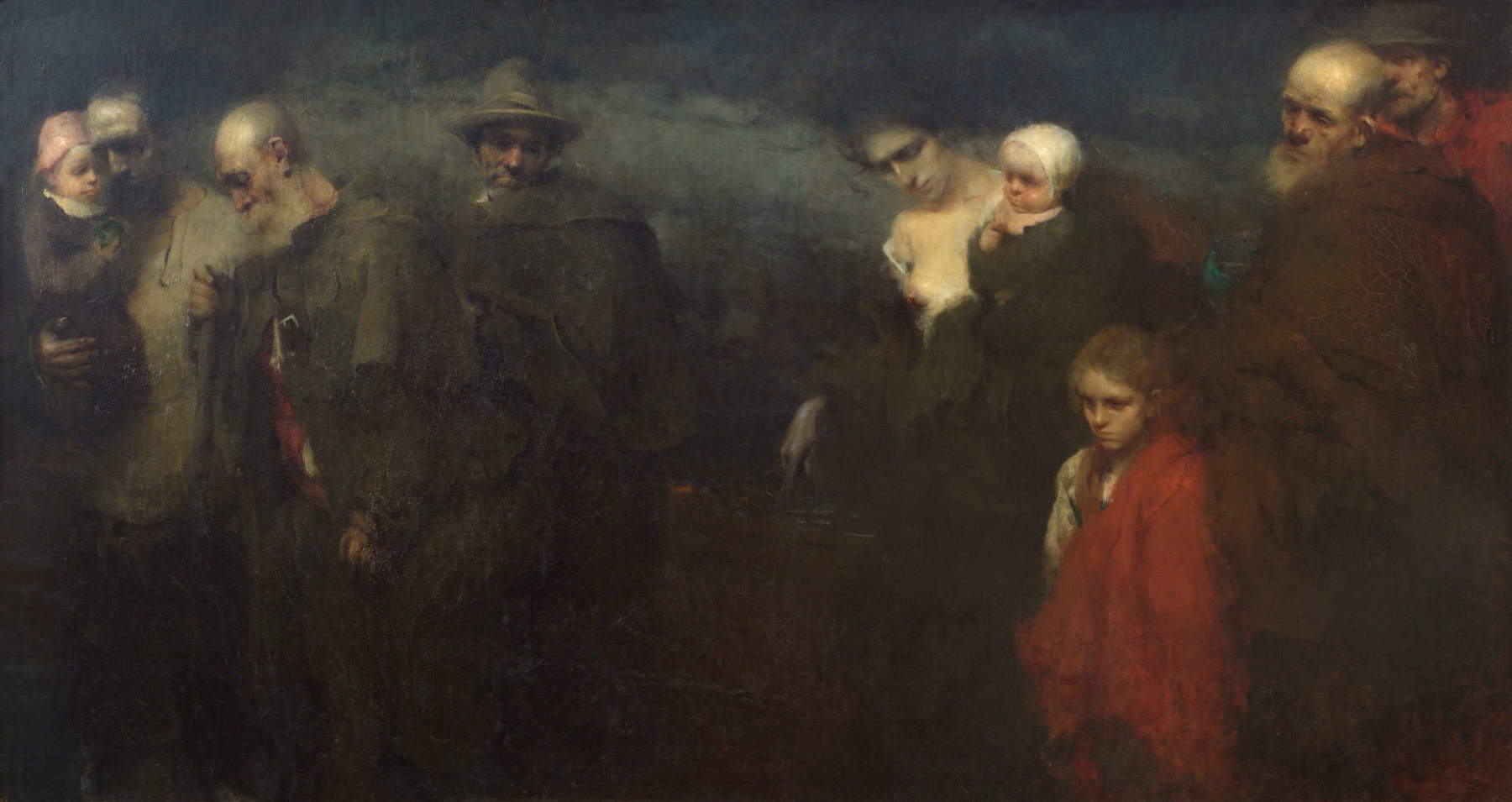
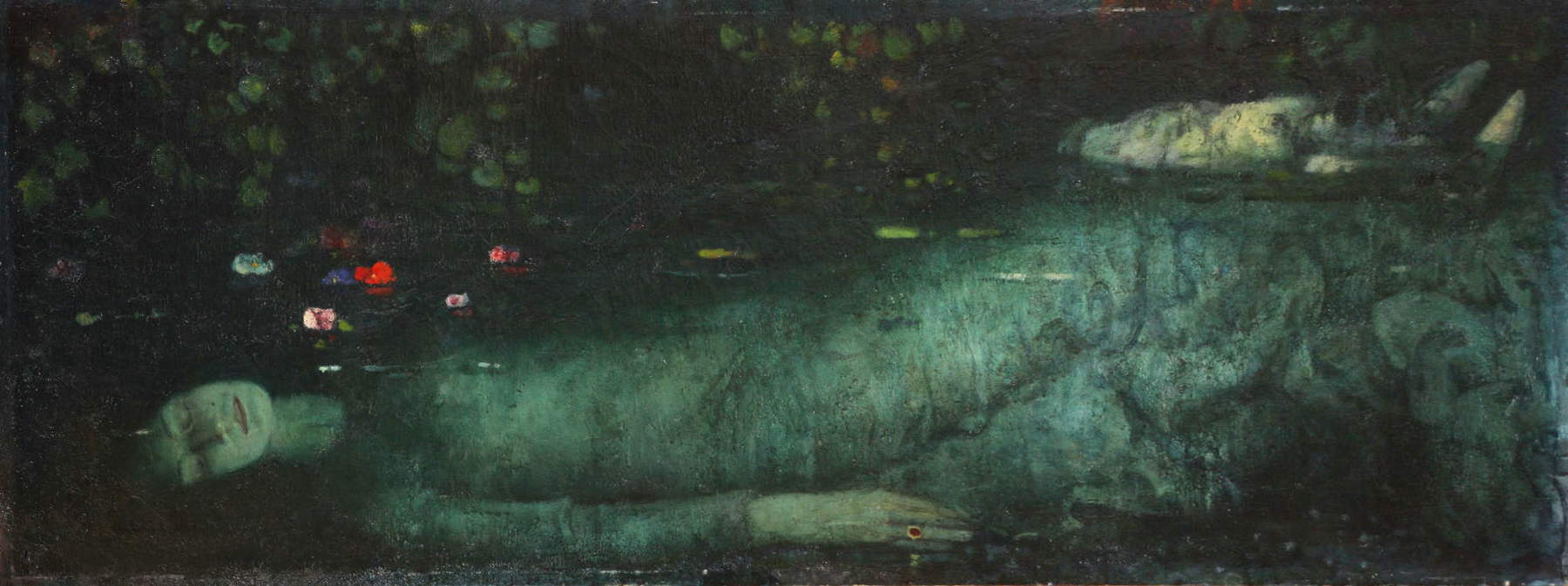
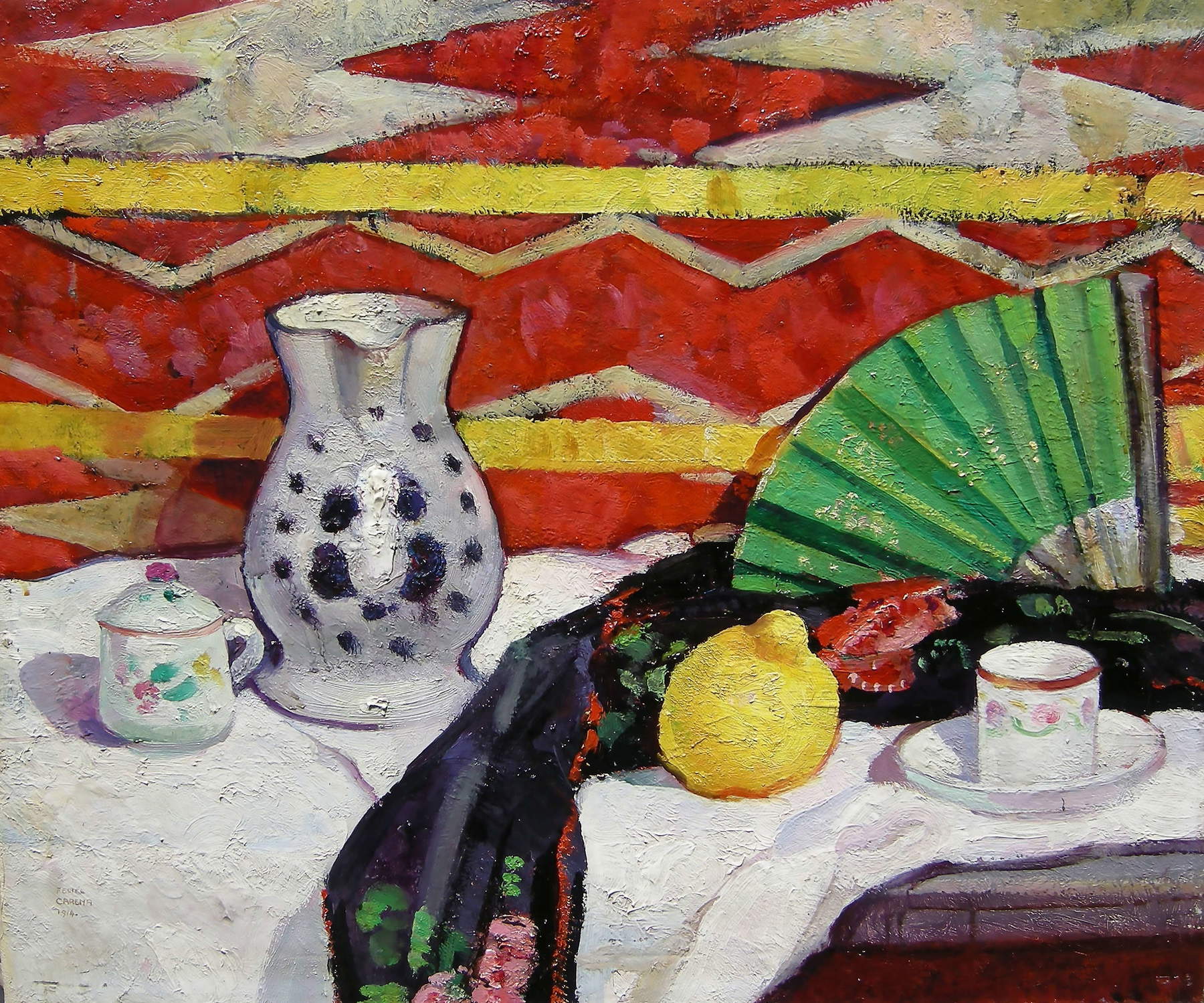
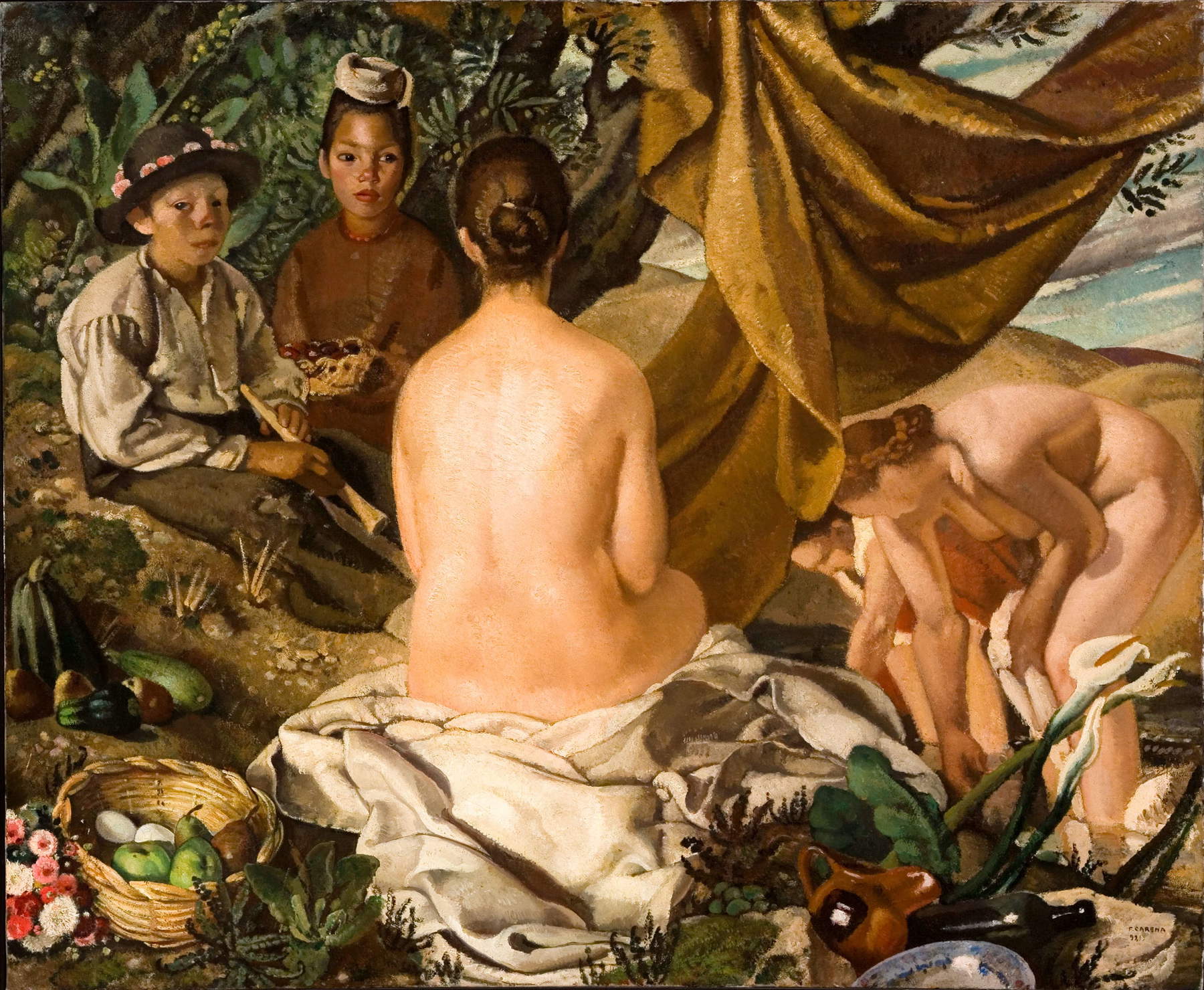
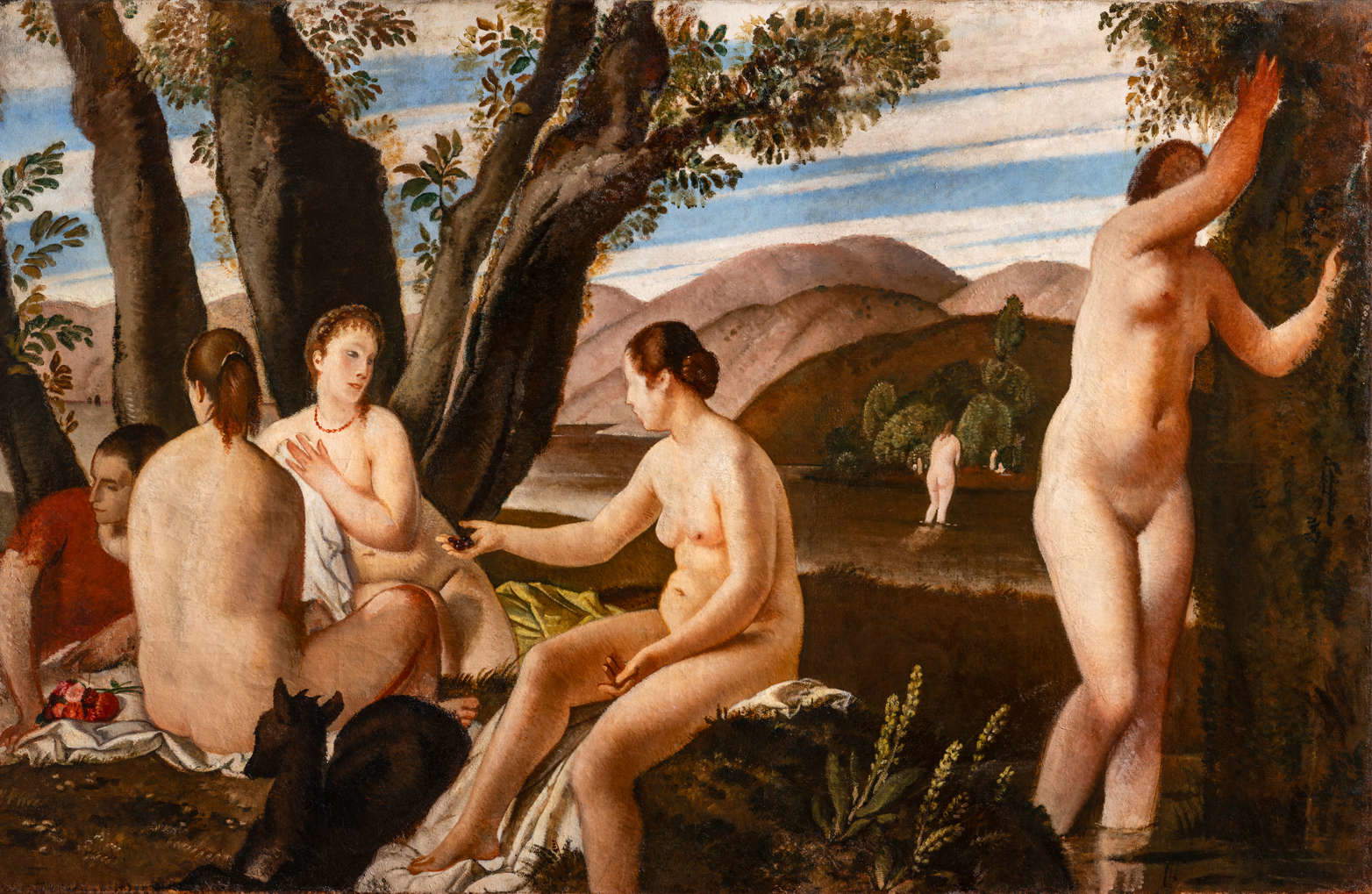
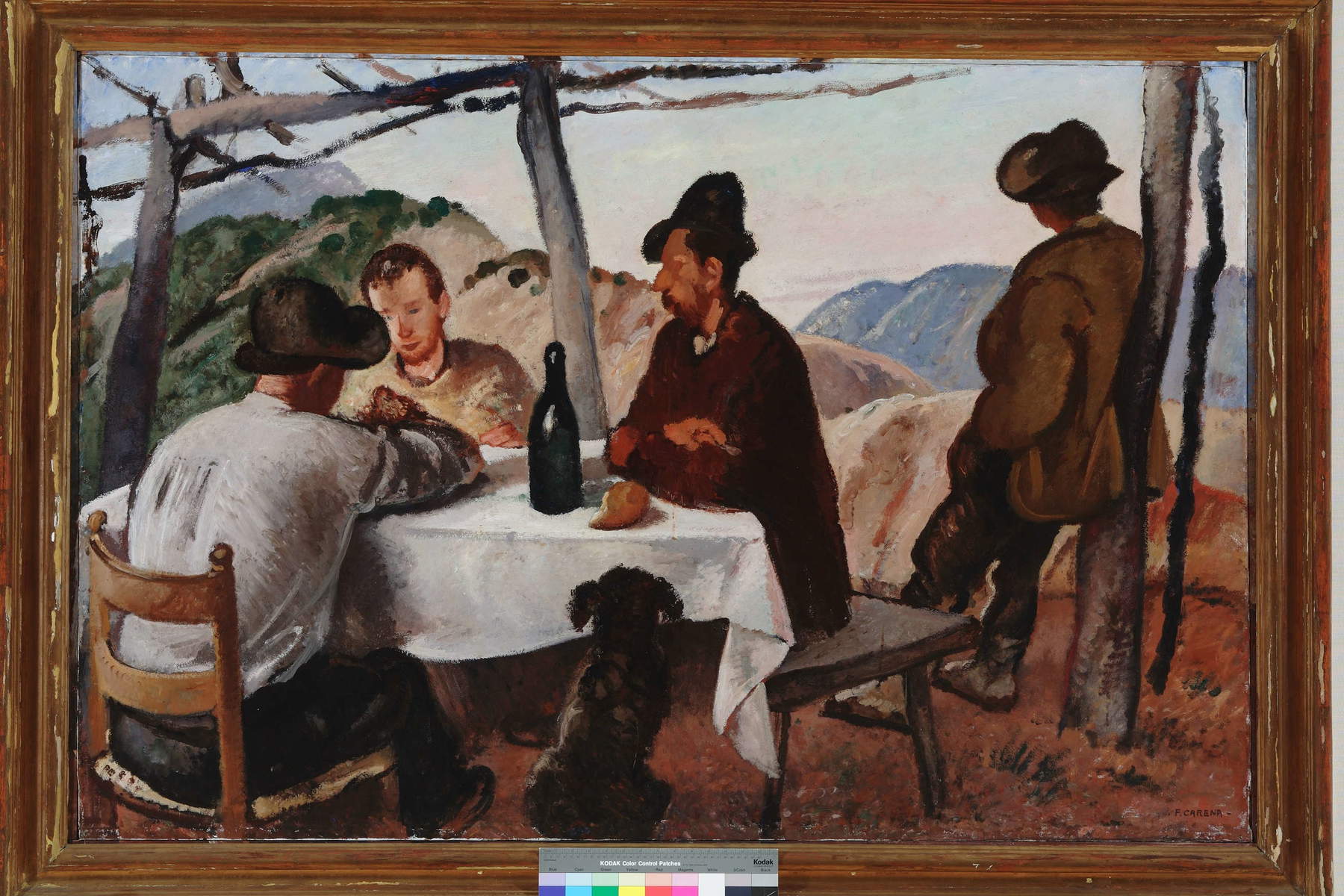
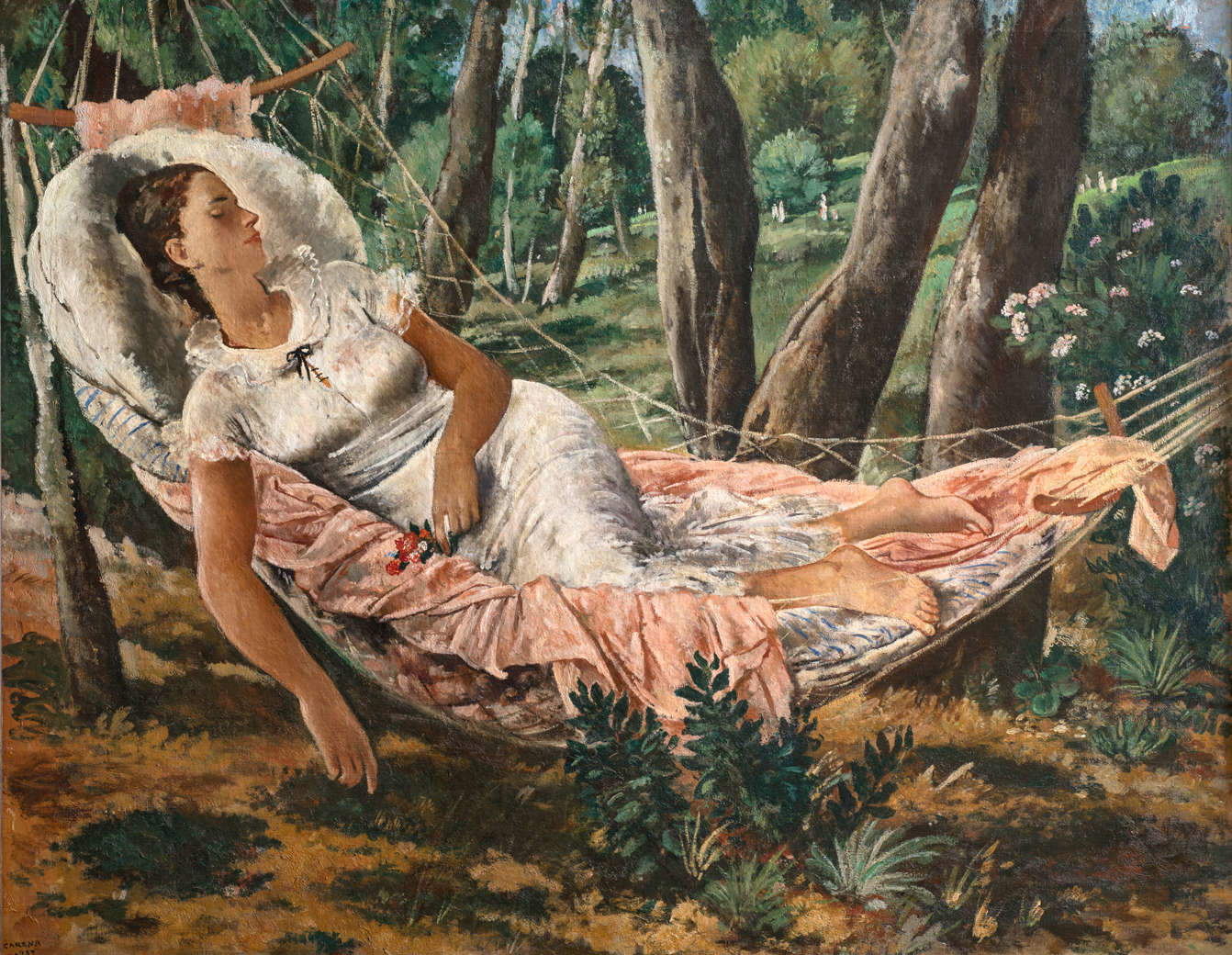
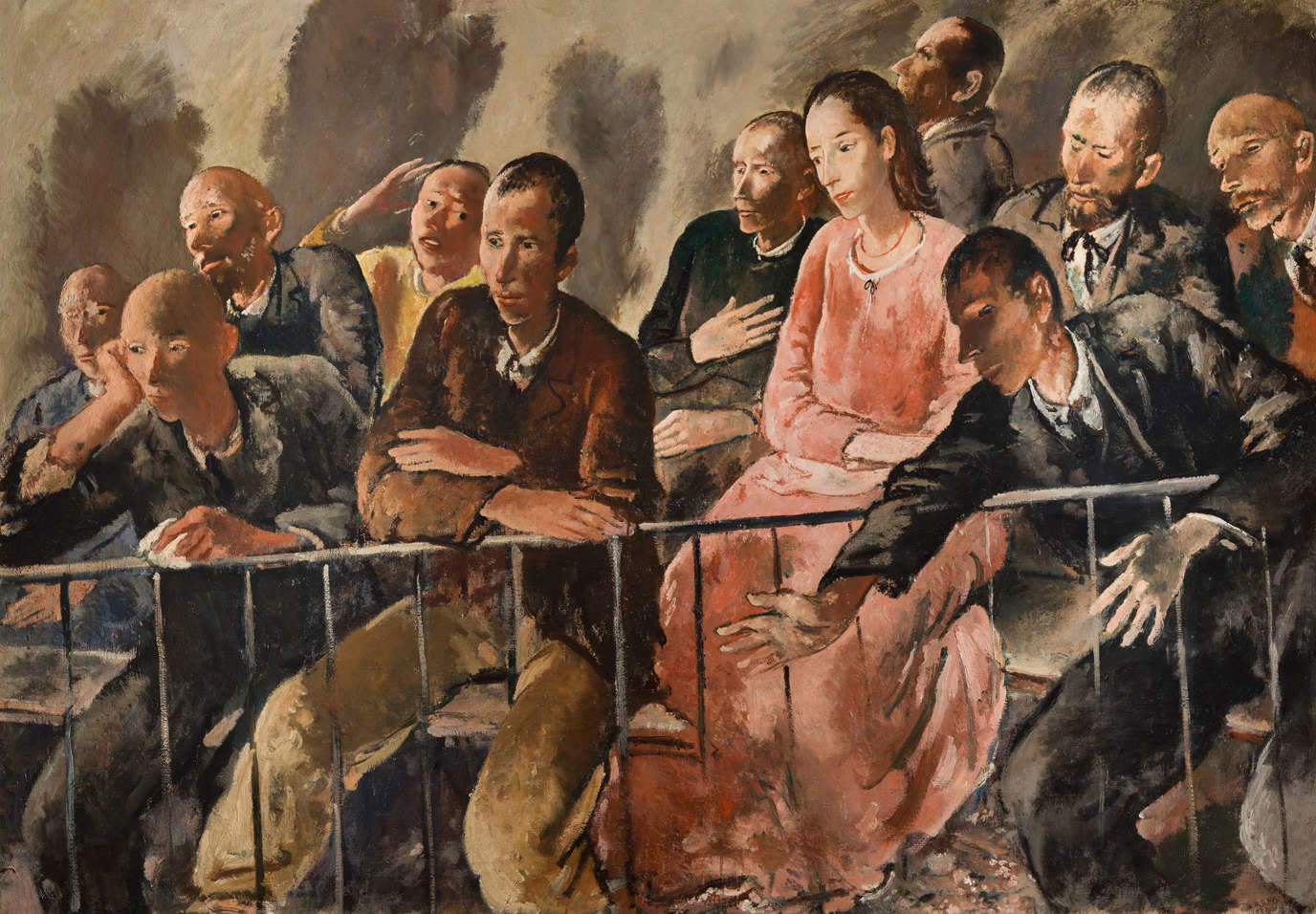
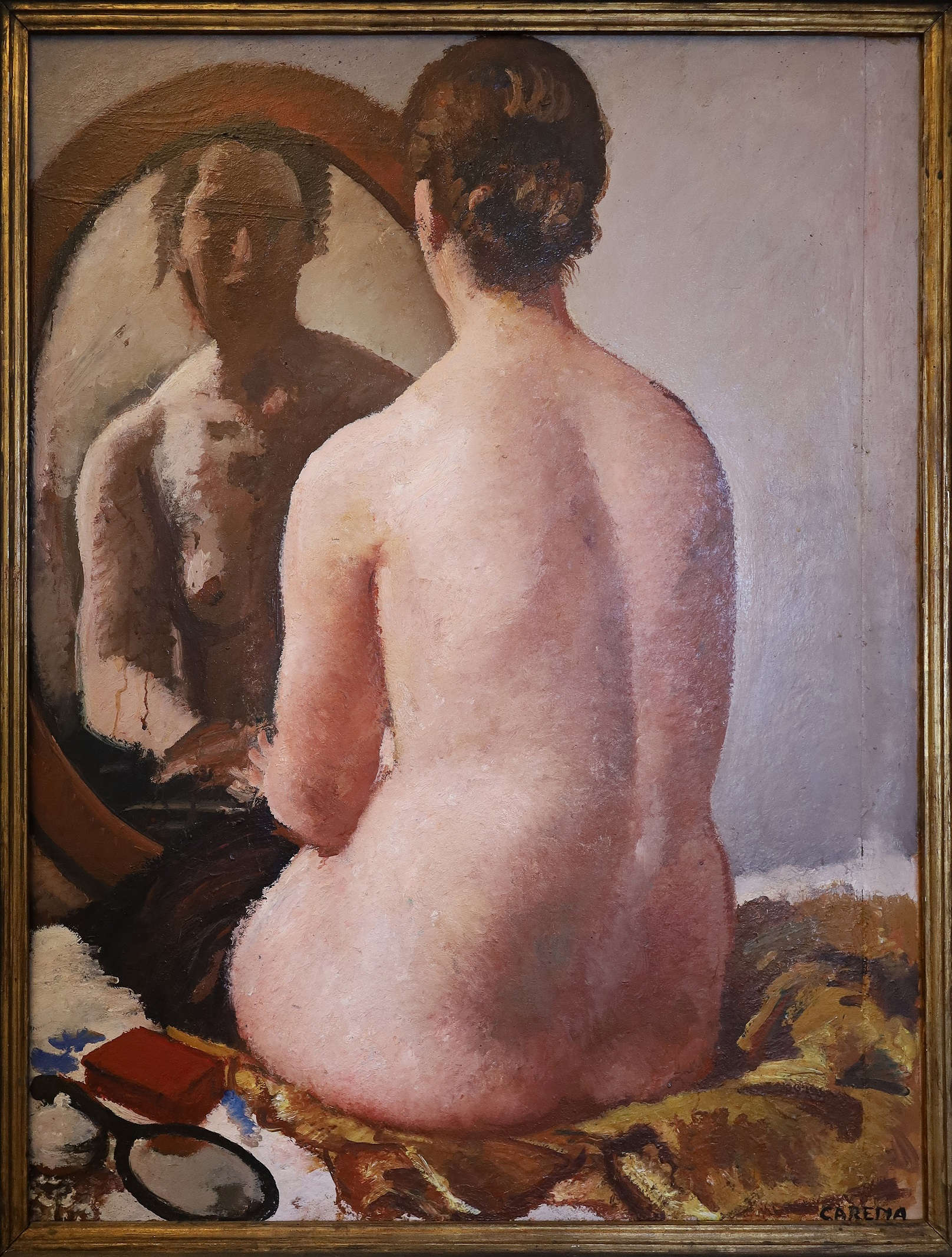
Notes on the artist
Felice Carena (Turin, 1879 - Venice, 1966) was a prominent artist in the Italian twentieth-century art scene. His training began at the Accademia Albertina in Turin under the guidance of Giacomo Grosso. During his academic years, Carena developed an interest in Secessionism and Symbolism, influences that were consolidated after a trip to Paris, where he was fascinated by the works of Courbet.
In 1906, Carena won the National Art Pension with the painting The Revolt, which allowed him to move to Rome. In 1910, he obtained a solo room at the Amatori e Cultori exhibition, and in 1912 he exhibited at the Venice Biennale. 1913 saw him involved in the organizing committee of the First Roman Secession, during which he was influenced by the painting of Cézanne and Matisse.
During World War I, Carena served as an artillery officer. At the end of the conflict, he moved to Anticoli Corrado, a significant place for his thematic and formal choices. Between 1922 and 1924, he organized an art school in Rome at the Orti Sallustiani together with sculptor Attilio Selva, where students included Emanuele Cavalli, Giuseppe Capogrossi and Fausto Pirandello.
In 1924, Carena was called to teach at the Accademia di Belle Arti in Florence. During his Florentine period, he continued to develop his solid figurative culture, influenced by Symbolist models and an appreciation for Cézanne and Gauguin. His art evolved toward an expressionist and spiritual component, always maintaining a strong adherence to classical references.
From 1924 to 1944, Carena remained in Florence, where he served as president of the Academy, helping to give it maximum international prestige. After World War II, the changed political and social context led him to move to Venice. Here, in the recollection of his studio and inspired by the classical models of the sixteenth and seventeenth centuries, Carena continued his artistic research focused on the luminous rendering of matter. Felice Carena died in Venice in 1966, leaving an important artistic legacy ranging from the figure to still life, with a particular focus on sacred and religious themes.
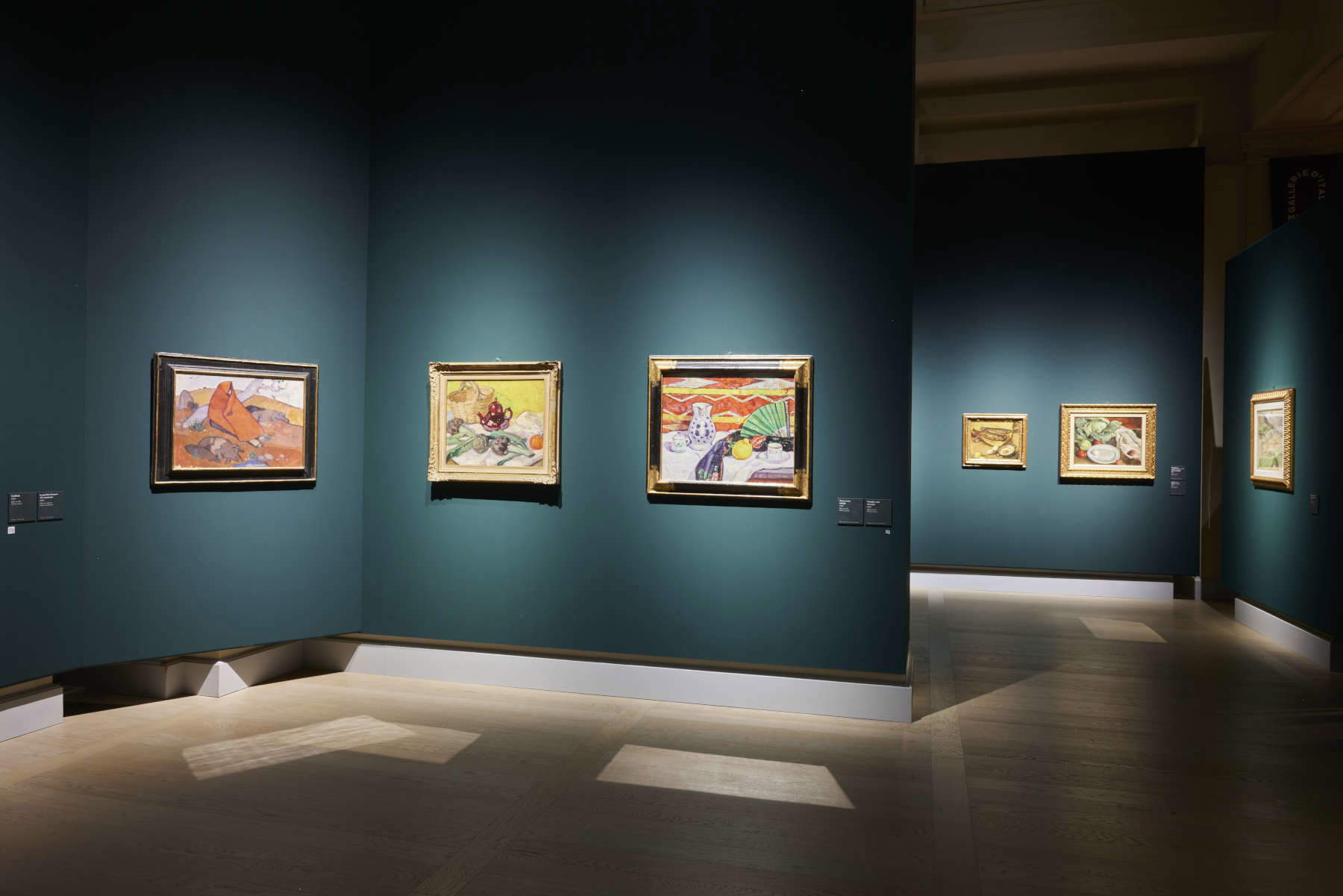
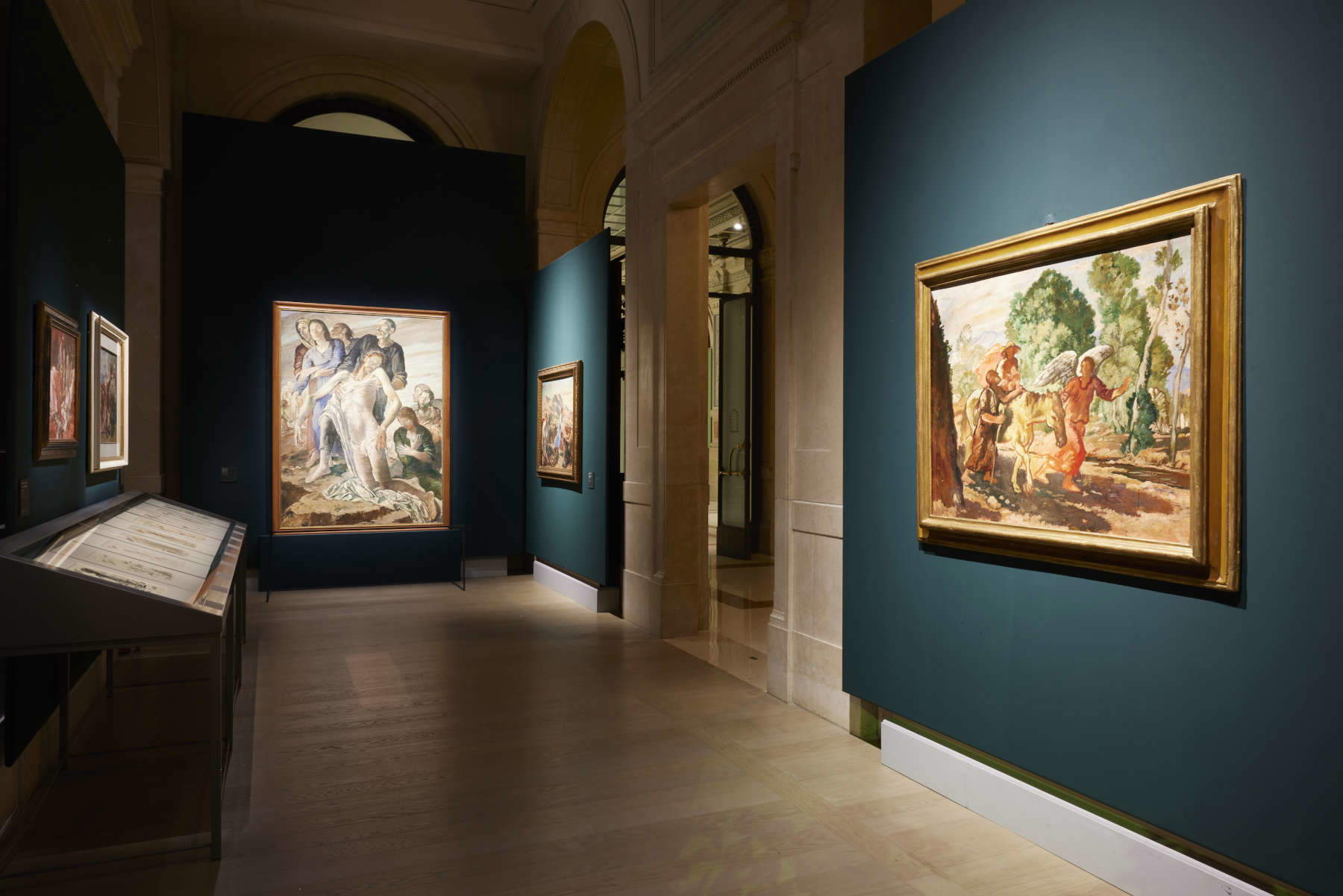
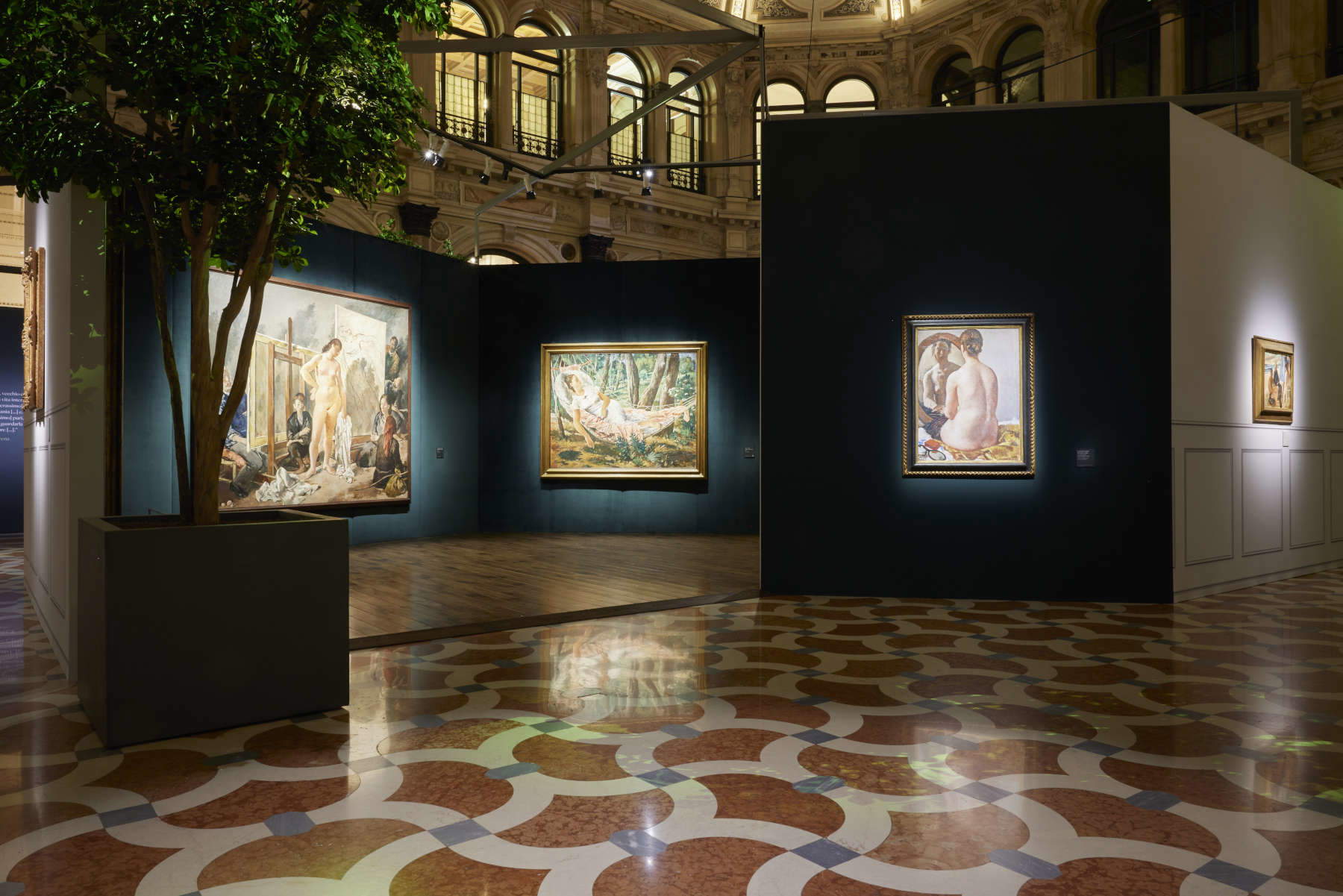
Exhibition information
Hours: Tuesdays, Wednesdays, Fridays, Saturdays and Sundays: open from 9:30 a.m. to 7:30 p.m.; Thursdays: open from 9:30 a.m. to 10:30 p.m.; Mondays: closed; last admission one hour before closing.
Rates: full 10€, reduced 8€, free admission for convention members, schools, under 18, special reduced 5€ for under 26 and Intesa Sanpaolo Group customers
Information and reservations: http://www.gallerieditalia.com, milano@gallerieditalia.com, toll-free number 800.167619
 |
| Milan, at Gallerie d'Italia a major exhibition to rediscover Felice Carena |
Warning: the translation into English of the original Italian article was created using automatic tools. We undertake to review all articles, but we do not guarantee the total absence of inaccuracies in the translation due to the program. You can find the original by clicking on the ITA button. If you find any mistake,please contact us.




























